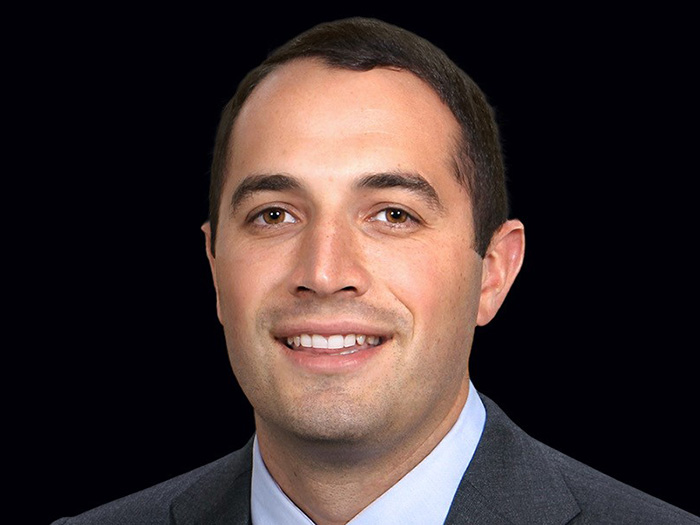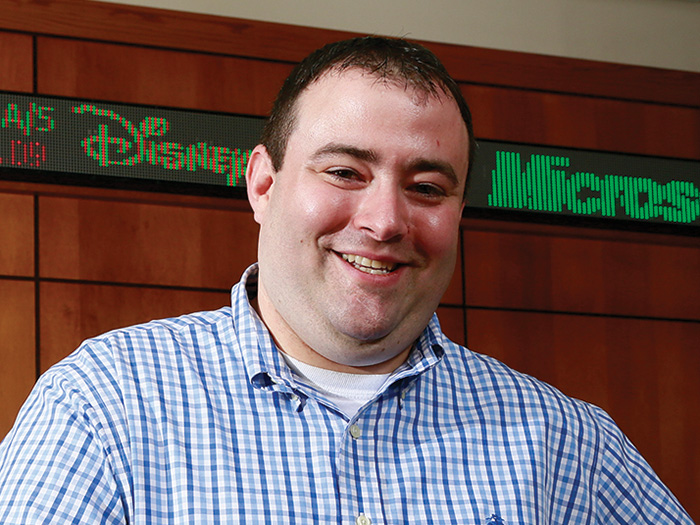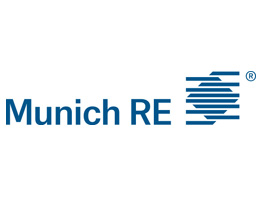Making a Difference
Charity Helps Kids of Injured Workers Attend College

Jeff Kight was sworn in as a Georgia Superior Court judge in 2012. That fact is not too surprising, considering he was his high school valedictorian. But Kight’s journey had an unusual twist; one that could have derailed his path even before it began.
Kight’s father suffered a permanent occupational back injury in 1990, rendering him unable to work. With the help of an organization that provides scholarships for children of parents killed or disabled on the job, Kight was able to attend college and law school. He hasn’t forgotten the help he received from Kids’ Chance.
“The financial help was important,” Kight said. “But what I took most out of Kids’ Chance was the compassion and the support that the Kids’ Chance family showed to me and my family.”
 Kight’s story is one of many from Kids’ Chance recipients who say their lives were turned around by the organization such as the woman who graduated from Duke Medical School and another whose scholarship to culinary school helped her become the youngest chef in the history of the Four Seasons in Atlanta. While Kids’ Chance started in Georgia, there are now more than 30 chapters throughout the country. Organizers are working on opening more and finding recipients to help.
Kight’s story is one of many from Kids’ Chance recipients who say their lives were turned around by the organization such as the woman who graduated from Duke Medical School and another whose scholarship to culinary school helped her become the youngest chef in the history of the Four Seasons in Atlanta. While Kids’ Chance started in Georgia, there are now more than 30 chapters throughout the country. Organizers are working on opening more and finding recipients to help.
The Organization
Kids’ Chance started in 1988 when a Georgia attorney, Robert Clyatt, realized multiple family members were becoming injured as they worked in the lumber industry in his area. The children of workers would often take on the job of a parent who had been injured and then become injured themselves, creating a cycle of injured workers.
“He founded Kids’ Chance with the sole mission to provide scholarship assistance to kids whose parents had been catastrophically or fatally injured on the job,” said Robert Wilson, CEO and founder of Workerscompensation.com. “It grew at a total grassroots level in several states.”
“The financial help was important. But what I took most out of Kids’ Chance was the compassion and the support that the Kids’ Chance family showed to me and my family.” — Jeff Kight, Georgia Superior Court judge
Several years ago, the national chapter of Kids’ Chance was created to assist the state chapters. Wilson, who serves on the national advisory board, is helping to raise awareness and grow the number of states with Kids’ Chance organizations.
“With Kids’ Chance of America’s involvement, there is now corporate level support, sponsors and funding,” Wilson said. “But all the money is administered at the state level.”
Each state’s chapter involves a cross section of board members such as plaintiff and defense attorneys, families, claims professionals, and others involved in workers’ comp. Recipients are chosen based on their needs and scholastic records.
Challenges
“Really the challenge is not raising money but finding applicants and getting the word out to them that there is potential help, even for trade schools,” Wilson said. “So it’s not just [traditional] colleges.”
But often the children affected by a parent’s workplace injury or death are nowhere near college age. Last year, the organization extended its outreach efforts through a program called Planning for College. The program involves identifying children of workers catastrophically injured or killed. Their names and information are included in a national database and the child’s family is contacted at least annually. When the child turns 15, information about the organization’s scholarships is provided.
“Planning for college never starts too early,” according to Kids’ Chance of America’s website. “Financial hardship often results from the death or serious injury of a parent due to a workplace accident, making it difficult for deserving children to pursue their educational dreams, even if those college-age years seem far away.”
“The objective is to help us identify and engage families, children of families impacted by a serious workplace injury or death,” said Vicki Burkhart, executive director of Kids’ Chance of America. “The difference with this and what we’ve done in our outreach before is we are really trying to reach people at the time of the injury/incident or close to it. In many cases the kids are young — two, four, or six years old.”
In such cases, information about the children is put into a database, and annual contact is made with the families. When the child nears college age, the national office links the information to the appropriate state chapter to follow up. The results can be life-changing.
“People may not have had their family on a college track to begin with,” Wilson said. “So I may be dealing with a family who lost a father and has a 2-year-old child. I can inform them about the program and get the literature [about Kids’ Chance] to the claims adjuster so they can register, and we will track their progress. When they are 15, we’ll get in touch.”
More than 100 children were included in the database last year, and organizers hope to increase the number incrementally each year. Part of the challenge is raising awareness within the industry so practitioners think about the children of workers injured or killed.
Raising Awareness
Attendees to the recent National Workers’ Compensation and Disability Conference® & Expo saw a presentation about Kids’ Chance during the opening ceremonies. These efforts go a long way to reach those who can help with the organization.
“I can’t tell you how many people got back to us because they saw us at the conference,” Burkhart said. “The audience aligns almost exactly with what we do as a nonprofit organization.”
The idea of attending conferences and other industry events is not to raise money. Instead, organizers hope to reach people who are in contact with families when a workplace tragedy occurs.
“It’s so employers and insurers and people dealing with all these injured workers could say, ‘I’ve got somebody who could use that,’” Wilson said. “I spoke with someone [at the conference] who had never heard of Kids’ Chance and knew of someone who suffered a catastrophic injury and has a couple of kids. The goal in our outreach at conferences is not to get money but get the word out so people know it’s available.”











